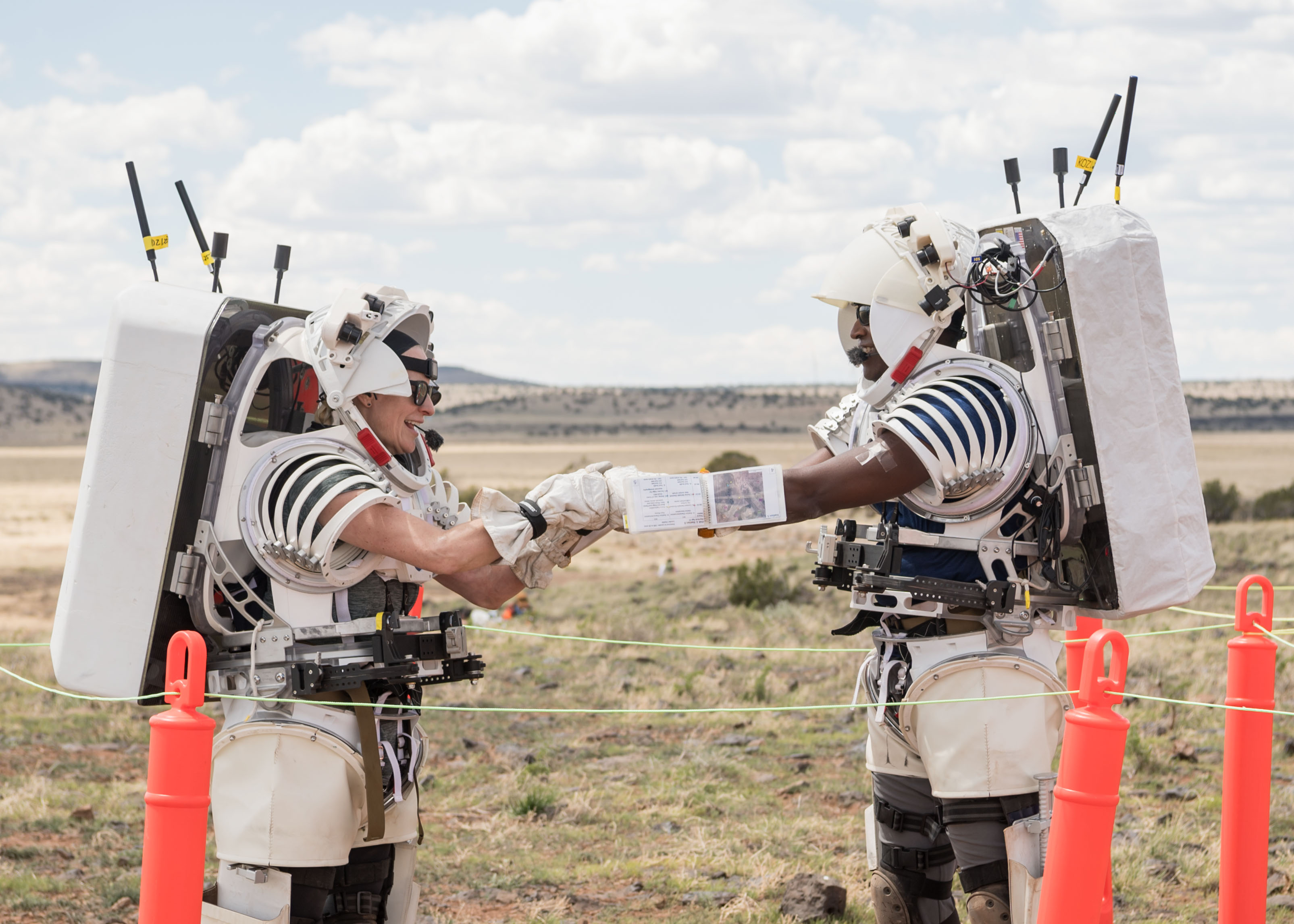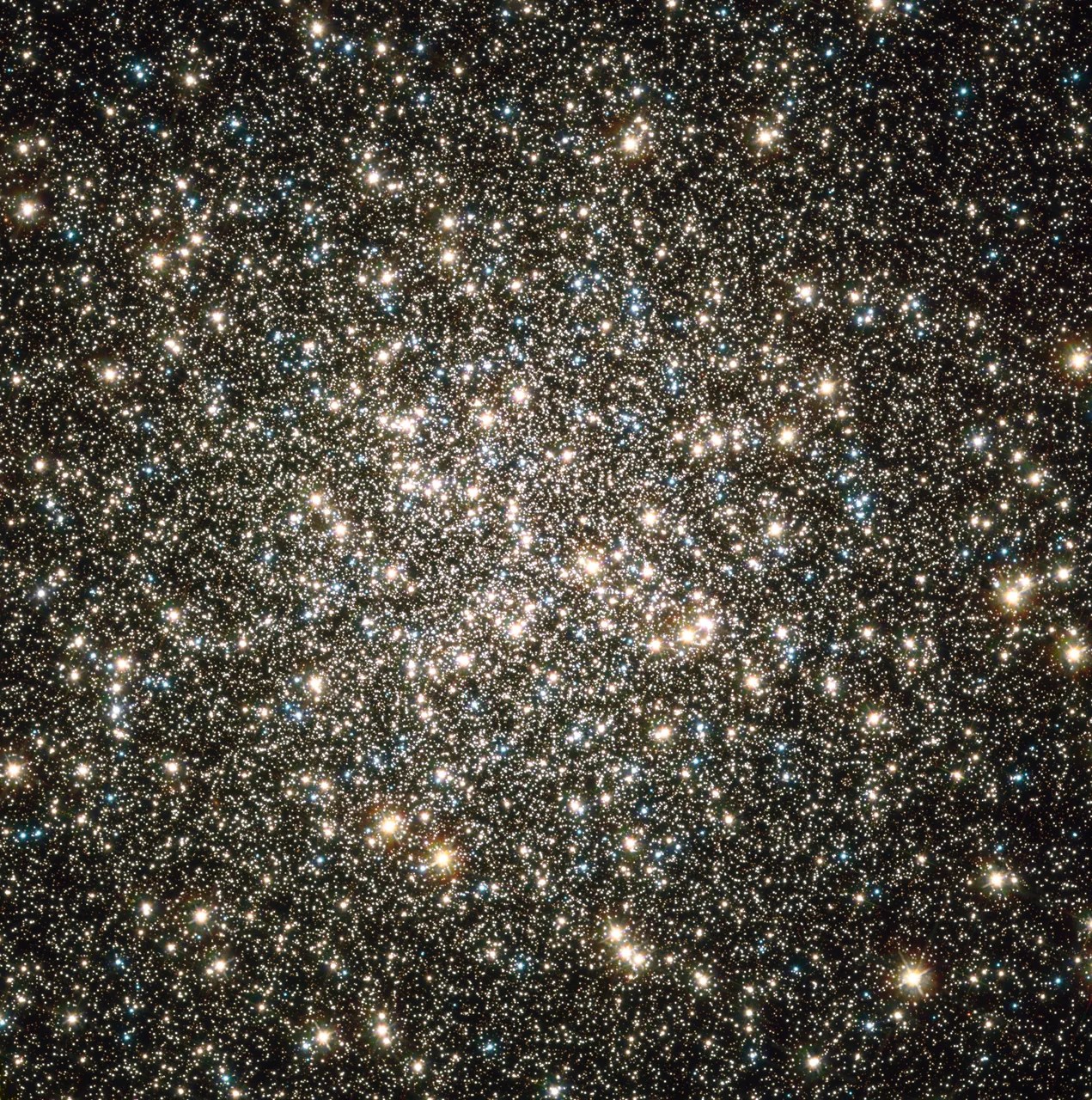
Audience
Educators
Grade Levels
Grades 5-8
Subject
History, Physical Science, Flight, Flight and Aeronautics, Forces and Motion
Type
Lesson Plans / Activities
By using a series of stations or centers, students discover how a jet engine takes in air, compresses it, and burns fuel to make air expand. They learn how the air is then forced out the tailpipe to create thrust. An optional teacher demonstration combines all these components into a single tennis-ball-container engine. In part two of the lesson, students build a static, or nonmoving, model of a jet engine. At the end of the lesson, students use technical writing skills to explain how a jet engine works. Two student sheets are included.
Jet Propulsion [1MB PDF file]
This activity is part of the Exploring the Extreme Educator Guide.

























